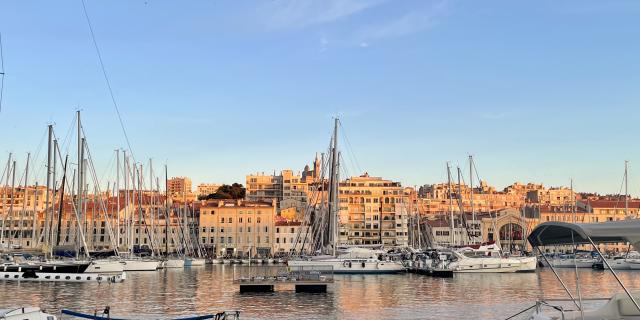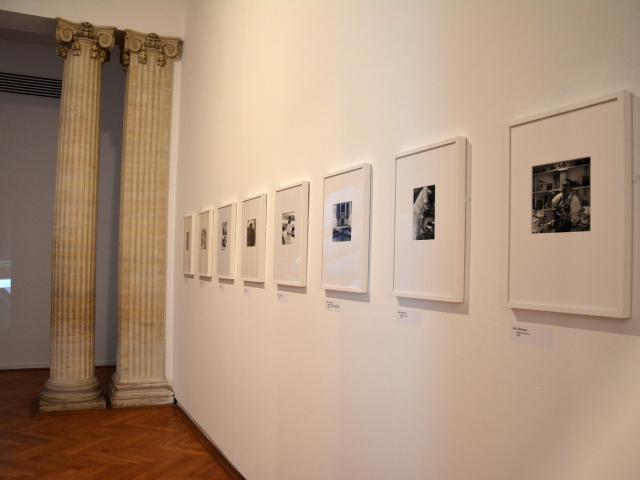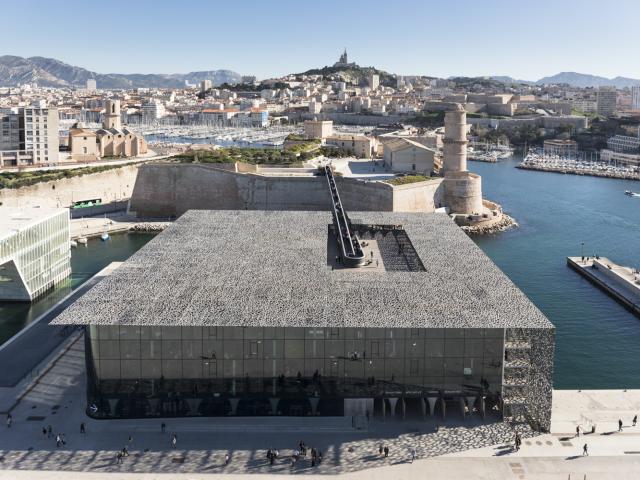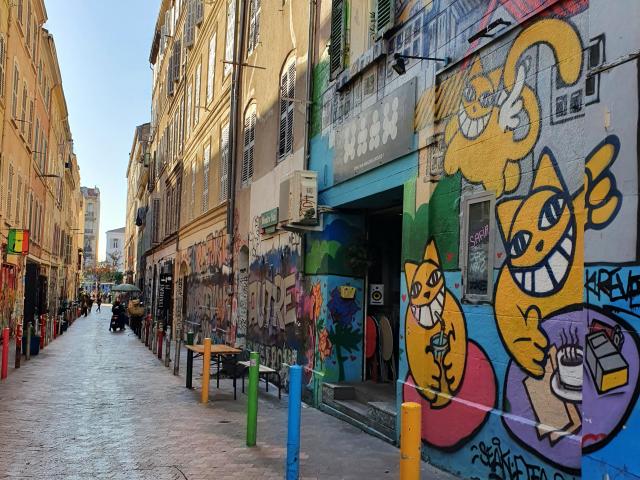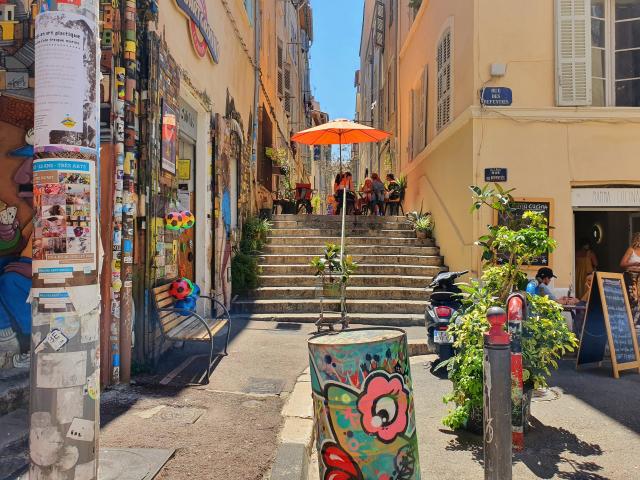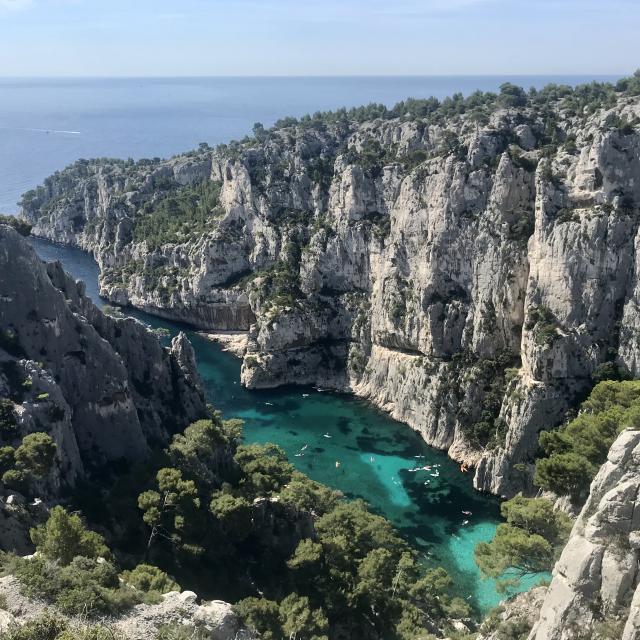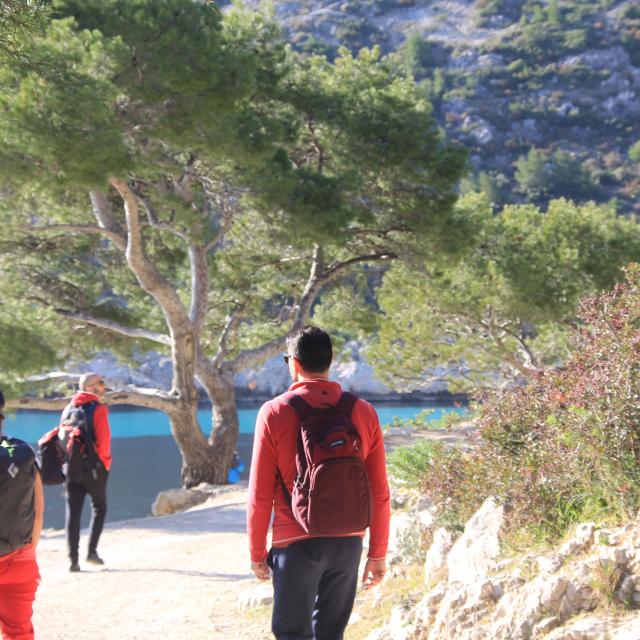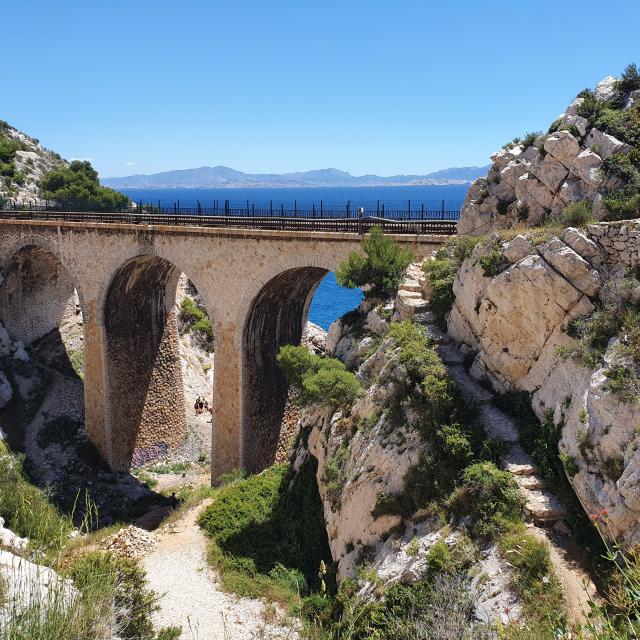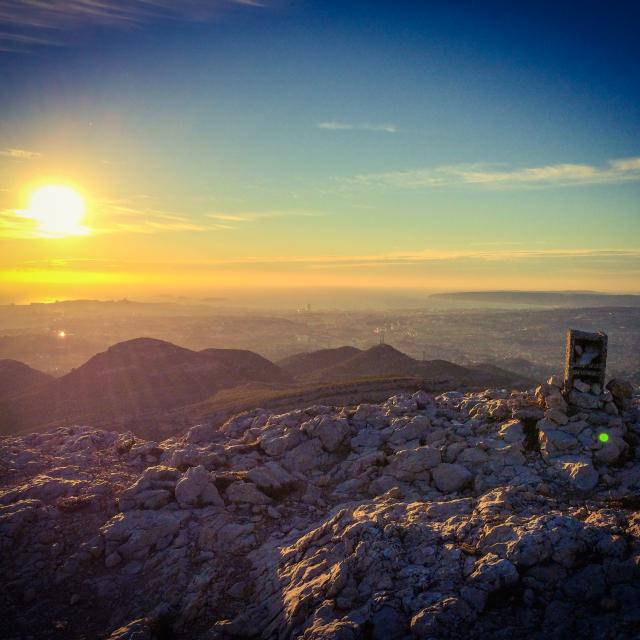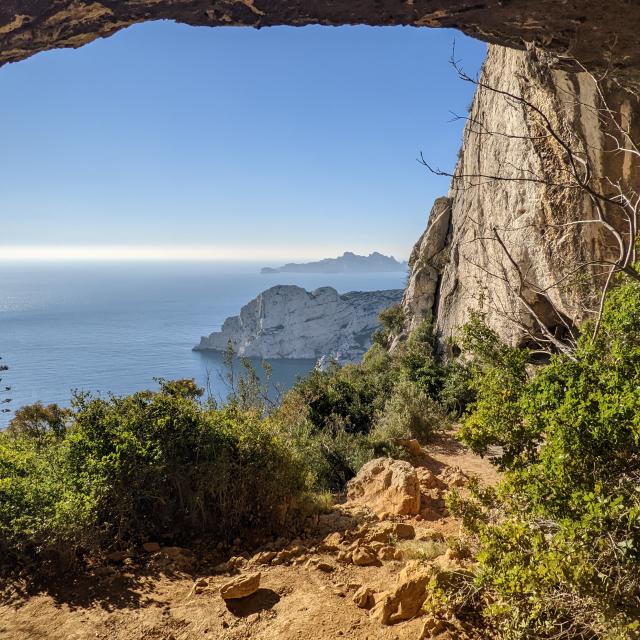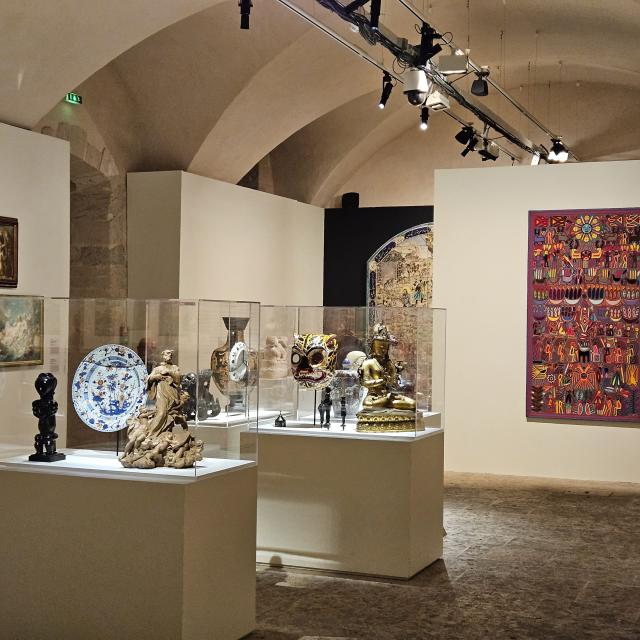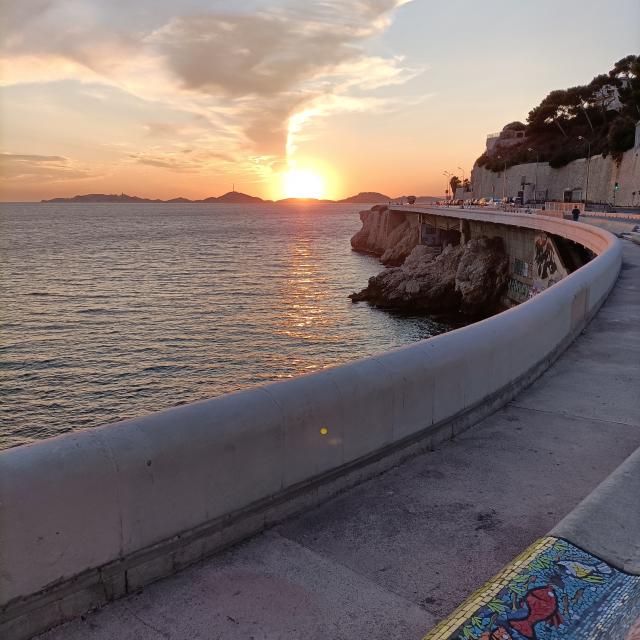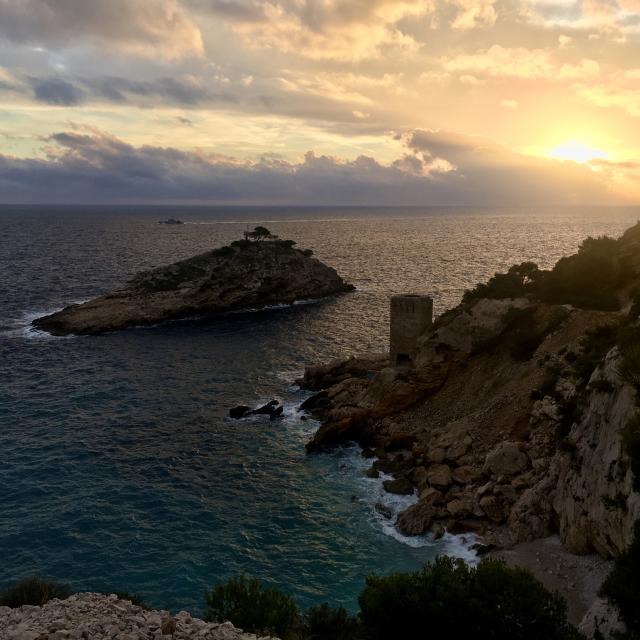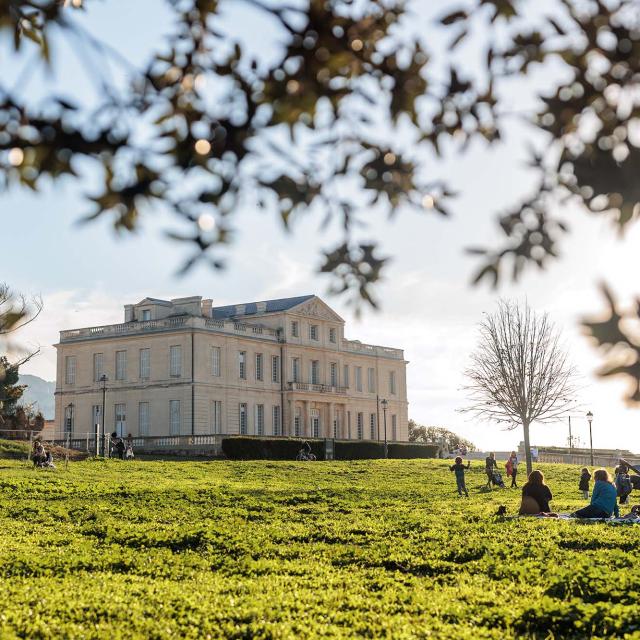Discover Marseille in January: Unmissable cultural visits
Must-see historical monuments
Nicknamed the Good Mother, the Notre-Dame de la Garde basilica represents the symbol of Marseille. Legend has it that it watches over the fishermen, sailors and inhabitants of the Phocaean city. Standing at 154 meters, this religious monument receives a large number of visitors every year. To get there, a small tourist train is available from the Vieux-Port, dropping you off at the foot of the basilica overlooking Marseille. For the more motivated, you can walk to it.
Of neoclassical style, the Palais Longchamp is one of the historic monuments emblematic of France’s second-largest city. Inaugurated in 1869, the palace comprises several entities: the Pavillon-Château d’Eau, the Musée des Beaux-Arts de Marseille, the Muséum d’Histoire Naturelle de Marseille, a public garden and a park at the rear of the palace. The central Pavillon-Château d’Eau was the water reservoir of the Durance, considered the main source of drinking water and sanitation for the city of Marseille. Today, the construction of the Palais Longchamp is seen as a true architectural feat.
Founded in the 5th century by Jean Cassien near the tombs of Marseille martyrs, the Saint-Victor abbey is a monument at once religious, cultural and symbolic. It grew in stature at the turn of the first millennium through its influence throughout Provence. Located near the Old Port, this historic vestige offers an incredible view of the Old Port.
French fortress built on the orders of King François I, the Château d’If has been classified a historic monument since 1926. Situated in the middle of Marseille’s bay, the Ile d’If has long served as a mooring place for pirates, smugglers and fishermen. The castle’s architecture takes the form of a 3-storey square construction, flanked by 3 towers. The tower to the northwest is the tallest and provides lookout to the sea. If you’re visiting Marseille in January, take time to admire the panoramic view of the city.
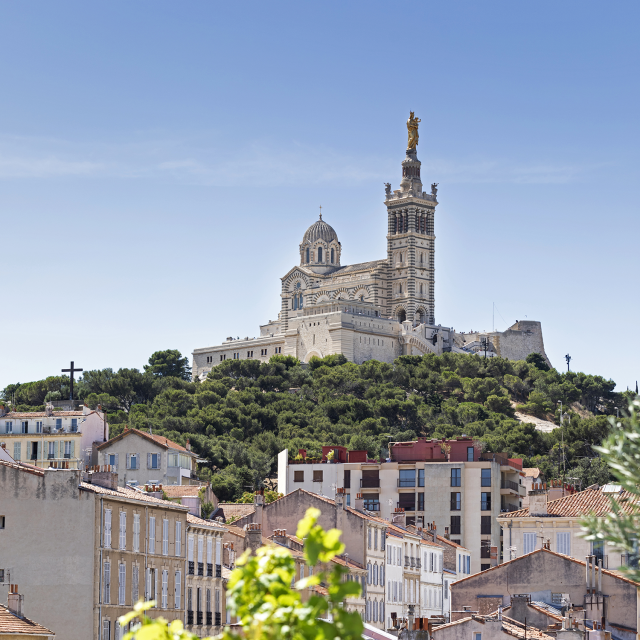
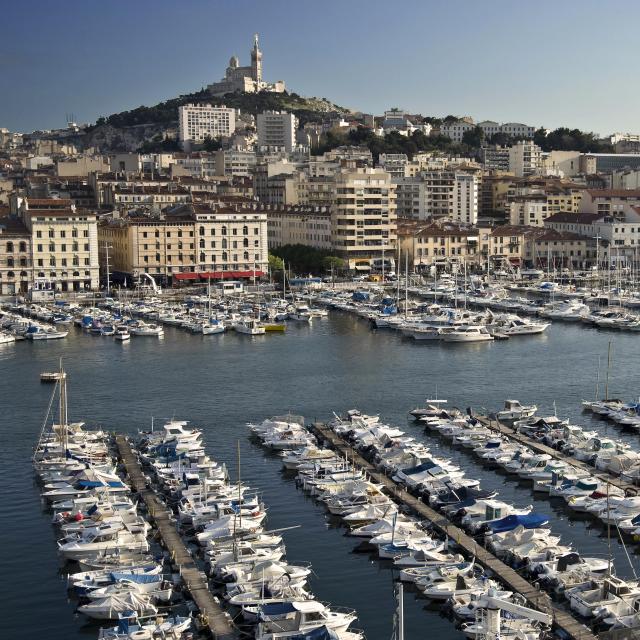
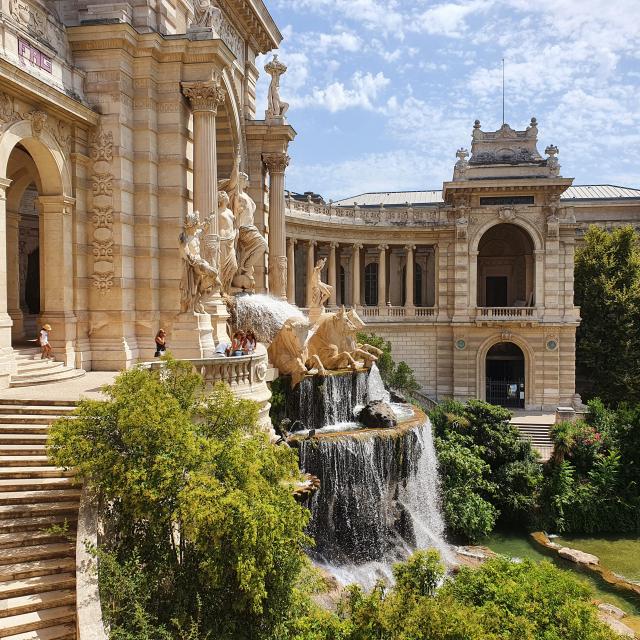
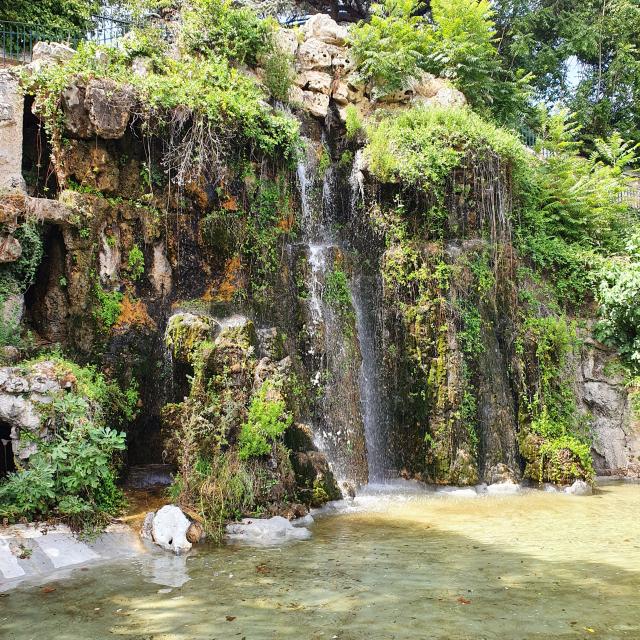
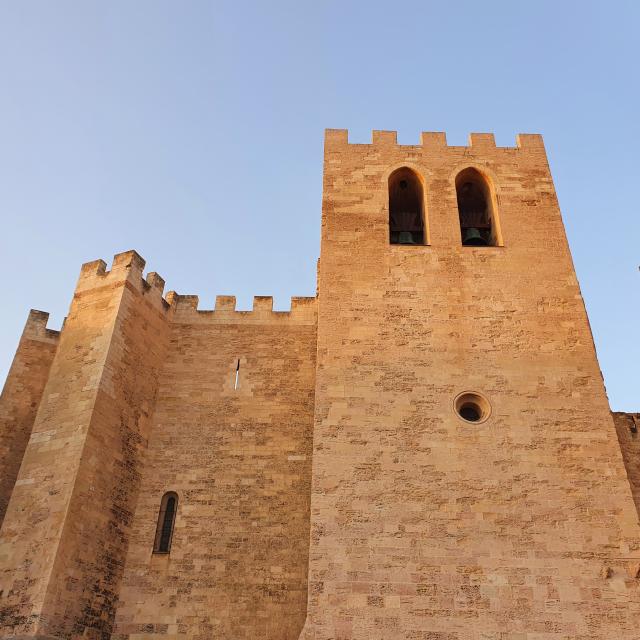
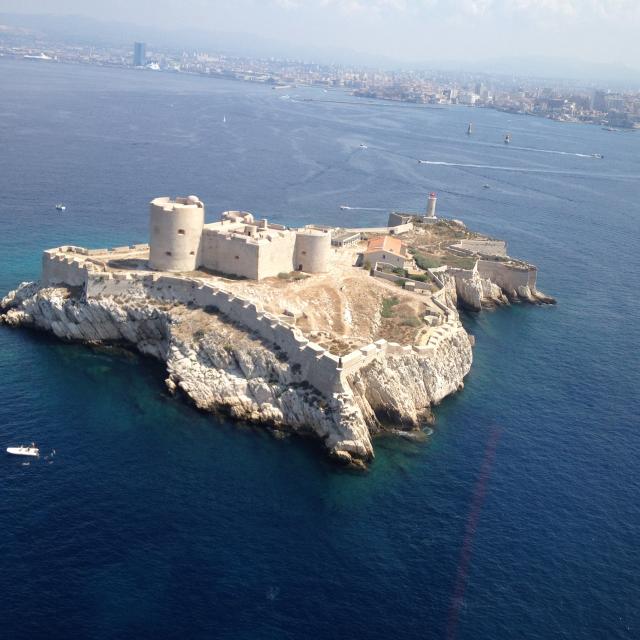
A diversity of museums
With nearly 45,000 m² spread over three sites, the Mucem – Museum of Civilizations of Europe and the Mediterranean – is a cultural landmark in Marseille. Since its inauguration in 2013, it has attracted nearly 2 million visitors throughout the year thanks to its permanent and temporary exhibitions. Between the fort Saint-Jean and the Cathédrale de la Major, you’ll enjoy fabulous views of the city from its waterfront.
Created in 1819 by the Marquis de Montgrand and the Comte de Villeneuve, the Muséum d’histoire naturelle de Marseille exhibits œuvres reflecting the political, economic and scientific life of the Phocaean city since the early XIXth century. Located in the right wing of the Palais Longchamp, the museum houses a variety of thematic rooms using cutting-edge technology to plunge millennia back in time.
Located in the 6th arrondissement, the Musée Cantini is the ideal place for amateurs of modern and contemporary art. This prestigious cultural establishment is dedicated to the period stretching from 1900 to 1960. Works by André Derain, Charles Camoin, Dufy, Fernand Léger and Le Corbusier can be admired here.
Bustling, authentic neighborhoods
If you’re traveling to Marseille in January, you can’t miss the must-see Vieux-Port district, where market gardeners present theirfreshly caught fish every morning. Take time to admire the shade roof designed by Norman Foster, which offers a stunning mirror effect. Not far from the Vieux-Port is one of Marseille’s shopping avenues, la Canebière, on which you can find some stalls making a stand there like Torréfaction Noailles.
Located in the 2nd arrondissement, the Panier district represents a veritable small village blending art and heritage, café and restaurant terraces, colorful facades and leafy alleyways. In fact, the famous TV series Plus belle la vie was inspired by it to build the fictional Mistral district. It’s Marseille’s most atypical district and a must-see when you visit in January. The Phocéenne city has nothing to envy to top destinations such as Morocco, Greece or Spain.
Want to get away from the daytime crowds? Head to cours Julien, a colorful quartier “bobo” featuring street art via numerous graffiti located on the facades of nearby streets. Surrounded by musicians and artisans, this district will be your refuge for the time of a pause on a terrace to sample one of Marseille’s specialties.
